
Case #199 – March, 2007
A huntsman killed a bear and prepared it for eating and freezing by cutting it into roasts, steaks, and grinding the trimmings. Later that same day, he ate a burger made from some of the fresh meat and cooked rare. Approximately two and a half to three weeks later, the hunter experienced fever, diarrhea, and muscle pain. However, medical attention was not sought for another six weeks. He had elevated eosinophilia and several laboratory tests were ordered. The Division of Parasitic Diseases’ reference diagnostic laboratory received some of the bear meat for examination. A digestion technique using 0.1% pepsin and 0.1% hydrochloric acid was used on the meat and a muscle squash was made from the softened tissue. Figure A, taken at 400× magnification, and Figures B-E, taken at 1000× magnification, show what was observed. What is your identification of the objects in the meat? What is your diagnosis? Based on what criteria?
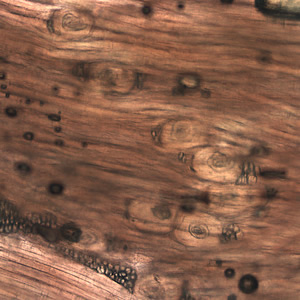
Figure A
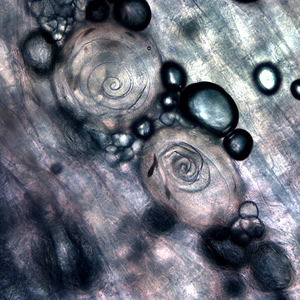
Figure B
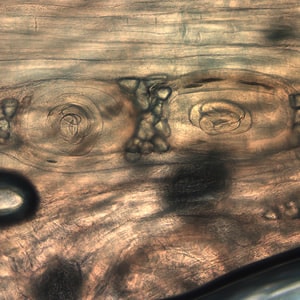
Figure C
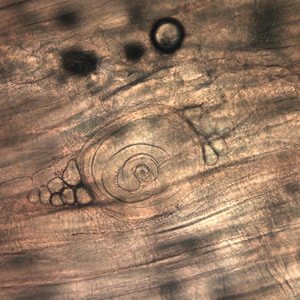
Figure D
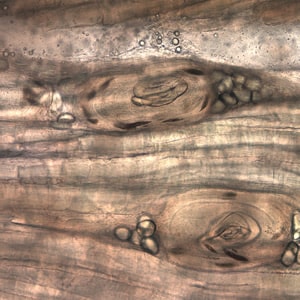
Figure E
Images presented in the DPDx case studies are from specimens submitted for diagnosis or archiving. On rare occasions, clinical histories given may be partly fictitious.
DPDx is an educational resource designed for health professionals and laboratory scientists. For an overview including prevention, control, and treatment visit www.cdc.gov/parasites/.
Page last reviewed: August 24, 2016
Content source: Global Health, Division of Parasitic Diseases and Malaria